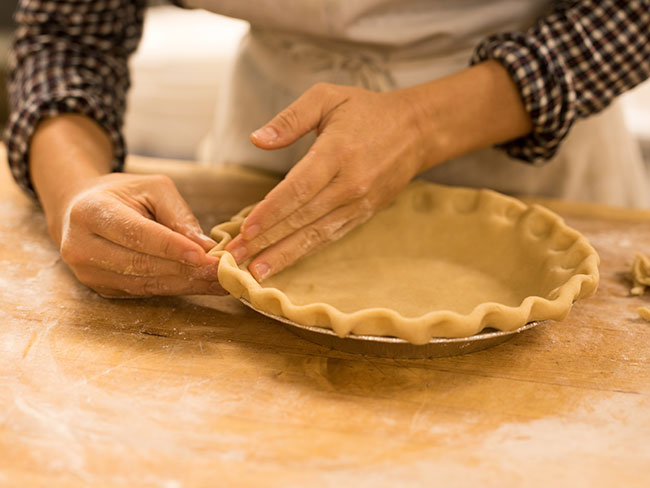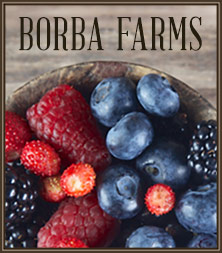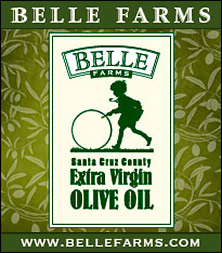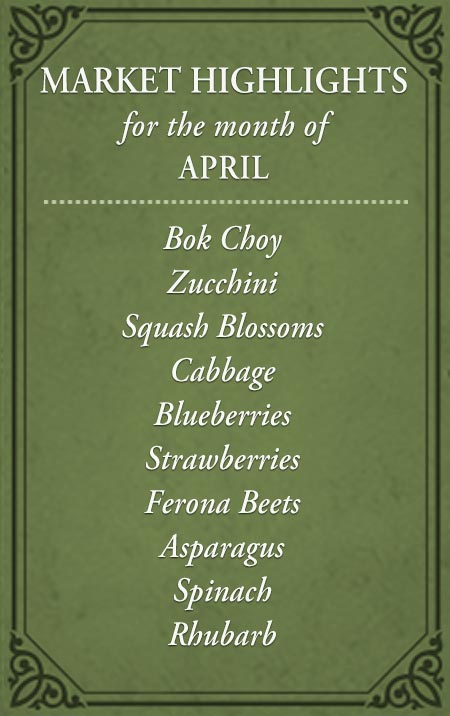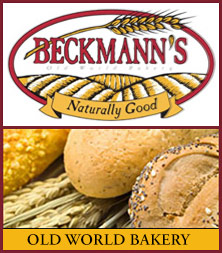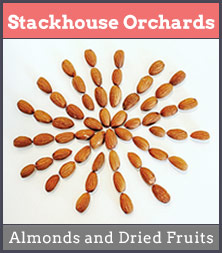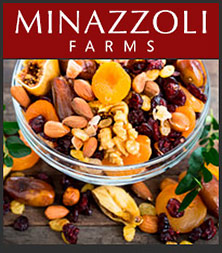Everyone loves a slice of pie, especially when it’s made with fresh fruit from the farmers’ market. Pie is one of America’s favorite desserts—but for many cooks, the crust is the most intimidating part. While store-bought crusts are convenient, nothing compares to a homemade one that’s buttery, flaky, and full of flavor.
If you’re new to baking, don’t attempt your very first pie crust an hour before guests arrive. Instead, set aside a little time, gather your ingredients, and focus on the dough. With patience and practice, you’ll master the art of a perfect crust.
Here are 10 tips to help you succeed:
-
Use a mix of fats. For a traditional flaky crust, combine shortening and cold butter. The two fats melt at different temperatures, creating steam pockets that give the crust its layers. Even if your recipe calls for all shortening, swap a little for butter for better flavor.
-
Keep butter very cold. Freeze your butter for about 20 minutes before cutting it into the flour. You can even chill the flour in a zip-top bag while the butter firms up.
-
Aim for varied fat sizes. When cutting fat into flour, pieces should range from crumbs to about 1/2 inch. If using a food processor, add butter or shortening in three stages, pulsing just a few times each round. You want irregular pieces—not a fine, uniform mixture.
-
Use ice-cold water. Keep a cup with ice water nearby. When it’s time to add water, measure from that cup so the liquid is as cold as possible.
-
Add water sparingly. Use the smallest amount needed. The dough should be crumbly but hold together when gently squeezed. Add drops of water only if too dry.
-
Mix lightly. Toss and stir the dough instead of kneading. Once it comes together, divide into portions, wrap in plastic, and gently roll into disks inside the wrap to create uniform rounds.
-
Chill before rolling. Rest the dough in the fridge for at least 30 minutes. This allows the gluten to relax and the flour to fully hydrate.
-
Roll between plastic wrap. Place the chilled dough between two sheets of plastic wrap dusted lightly with flour. This keeps the dough from sticking and makes cleanup easy.
-
Transfer carefully. To move dough to the pie pan, drape it over a rolling pin, peeling off the plastic wrap as you go. Ease the dough into the pan without stretching. Trim edges to 1/2 inch.
-
Finish with flair. For a double crust, tuck the edges under and crimp with your fingers. Brush with egg wash for a glossy finish, and, if desired, sprinkle with coarse sugar before baking.
With these simple techniques, your next pie will have a crust worthy of the farmers’ market fruit inside it—flaky, golden, and absolutely irresistible.
RECIPES: French Butter Pie Crust, Basic Pie Crust, Lard Pie Crust, Gluten Free Pie Crust


